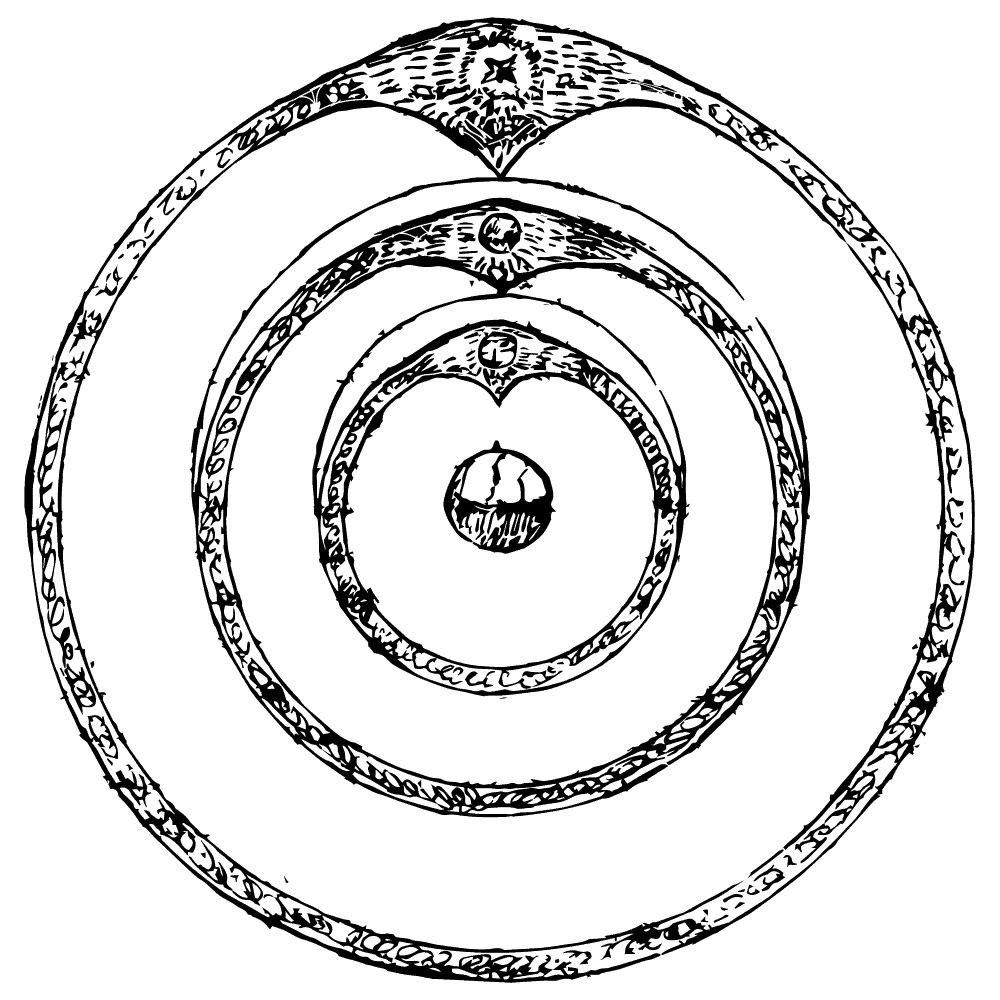The cosmology of Iberian-American repertorios de los tiempos
To the curious reader

Iberian repertorios first emerged from medieval almanacs and calendars. During the sixteenth century, significant editorial, conceptual, and material changes—such as those occurring in Andrés de Li’s Repertorio de los tiempos (1492), Jerónimo de Cháves’ Chronographia (1548), and Rodrigo Çamorano’s Cronología y repertorio de la razón de los tiempos (1585) — incorporated astronomy, geography, chronology, natural philosophy, and medicine. These renovated repertorios ended up articulating a world-view with a global reach through the networks of the Spanish and Portuguese empires. Consequently, repertorios are central to revisiting the history of knowledge in the Iberian-American world: as an overlooked genre, repertorios provide valuable insights into less-studied or even novel ways of producing, validating and using knowledge in Iberian-American societies. Given their wide circulation in the Americas and the works they inspired by providing mathematical, chronological, natural-philosophical and medical concepts and methods, repertorios appear as a thread to uncover invisible networks and marginalised voices in the history of knowledge.
The project explores the production and uses of repertorios and associated works from Granollach’s Catalan Lunarium (Napoli, 1485) to Antonio Sánchez de Cozar’s Tratado de astronomía y la reformaçión del tiempo (Vélez, New Kingdom of Granada, c. 1696). The project comprises four interconnected areas of work integrating philosophy, history of science, social studies of science, colonial history, and digital humanities.
Areas of research in Digital Humanities

1. Database of Repertorios and American productions
We are producing a comprehensive database of repertorios de los tiempos, from De Li’s Repertorio (1492) incoporating Granollachs’ Summari (1485) to early seventeenth-century repertorios printed in Spain, Portugal, and the Americas. We are collecting and classifying data to produce several analyses and visualisations from the material aspects to the conceptual evolution and transformation of the works, exploring their mutual influences across the Atlantic.
Similarly, we are cataloguing and analysing manuscript works related to repertorios produced in the Americas, including codices and unpublished sources. Although some of these works have received scholarly attention, our project connects them to the wider network of repertorios, as part of a globalising tendency of Iberian-American knowledge.
2. Analysis of the visual language: diagrams, illustrations, maps, tables
De Li’s Reportorio added illustrations of the moon’s phases to Granollachs’ tables. Subsequent editions enlarged the visual apparatuses ranging from woodcuts of the mythological and astrological aspects of the signs to the introduction of mathematical, astronomical, and cosmographical diagrams. Rich illustrative traditions, such as Sacrobosco’s Sphaera and the Theorica planetarum were incorporated into the astrological, mythographic, allegorical, and mathematical visual language of repertorios, embedded within the demonstrative and pedagogical structure of the works.
As part of our database of repertorios, we are classifying and studying the visual language to understand its meanings, transformations and impact on the production and uses of knowledge. At the same time, the visual language allows us to build bridges between American and European productions in a unique way.
Areas of historical and conceptual research

3. Cosmology, astrology, astronomy
While most almanacs and lunarios provided tables of celestial positions with some astrological, meteorological, and medical remarks, Iberian repertorios came to encompass sophisticated topics of cosmography, sphaera, theorica planetarum, natural philosophy and a large number of theoretical matters. These included, for example, elaborated astronomical chronologies. In so doing, these repertorios ended up in a new form of cosmological, syncretic knowledge that took varied forms over a century across the Iberian dominions worldwide.
4. Nature, environment, climate, body
The practical nature of repertorios involved adapting abstract astrological and astronomical models to varied geographies of the Iberian dominions over the world. The “New World” posed a challenge for astronomical but also for astrological, natural philosophical, and medical theories that attempted to incorporate new realities through observation and experience.
The “new” realities appeared in American manuscripts but made their way as well to Iberian repertorios, as part of debates on climates, bodies, natural history, agriculture, geography, and astrological history.


You must be logged in to post a comment.